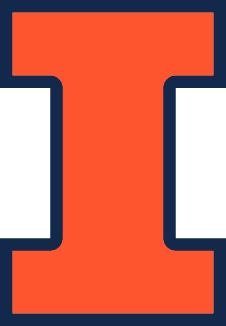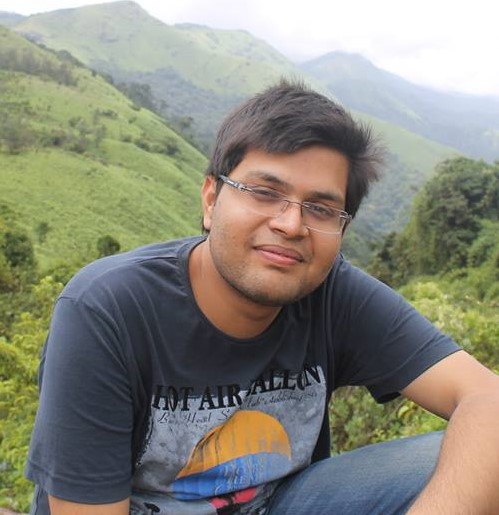PI: Rohit Bhargava
Anna Higham, MD – Carle Physician Mentor
Background and Significance: Currently the reoperation rate for involved margins after breast conserving surgery (BCS) varies between 10-50% [1,2]. To reduce re-interventions after BCS, the cavity shave margin (CSM) technique can be used to decrease margin re-excision rate. Similarly, CSM in some reports has been shown to significantly reduce the positive margins and re-interventions compared with simple lumpectomy, with no significant increase in treatment cost [1]. However standard histopathology is limited by long turnaround times, lack of standardized assessment techniques, high cost and inadequate accuracy (in frozen sections) to be useful intra-operatively.
While several optical imaging techniques seek to provide solutions, only chemical imaging has new data that can identify cellular changes in cancer and use of artificial intelligence (AI) algorithms to provide accurate results. We have shown that chemical (infrared) imaging techniques coupled with machine learning algorithms are capable of capturing both morphological and biochemical changes [3] at the cellular level. However, the laboratory results have not yet been applied to clinical time constraints the surgeon faces in the operating room. In this project our Overall Goal is to develop a rapid, accurate system combining optics, AI algorithms, and visualization software to image

